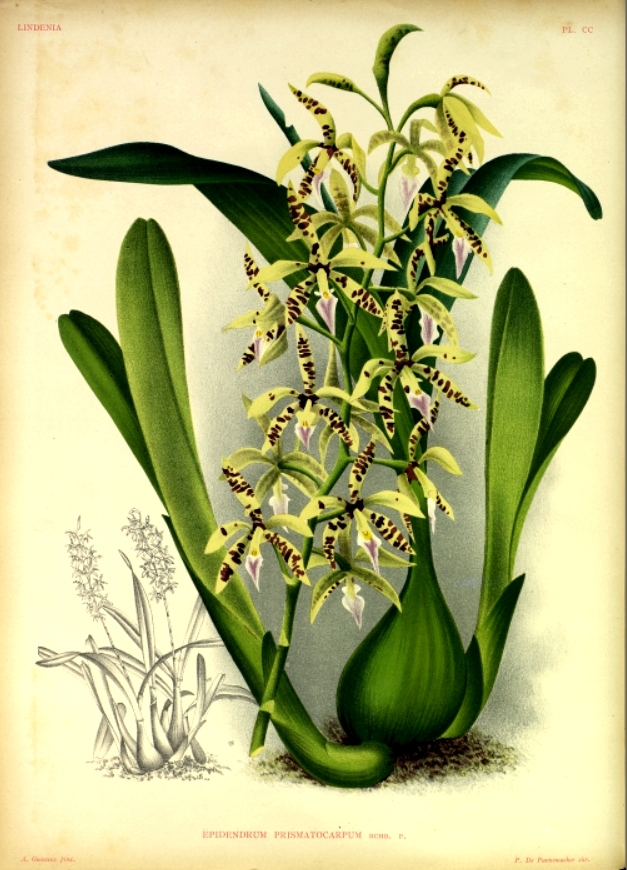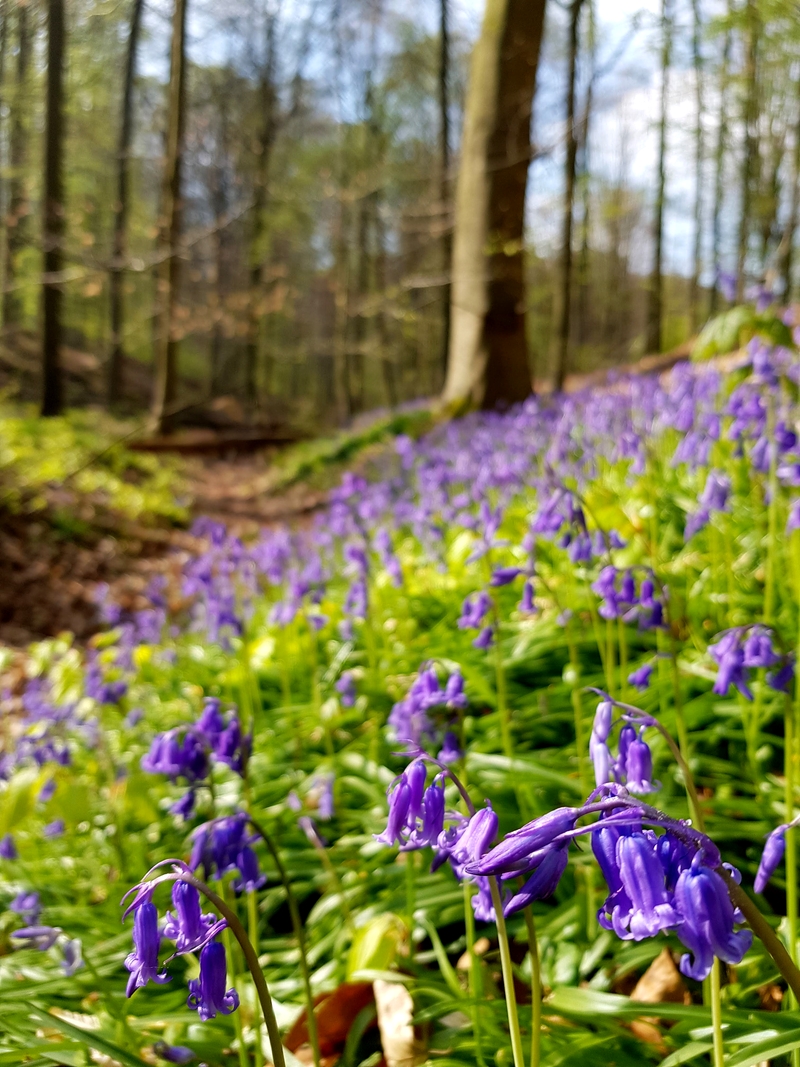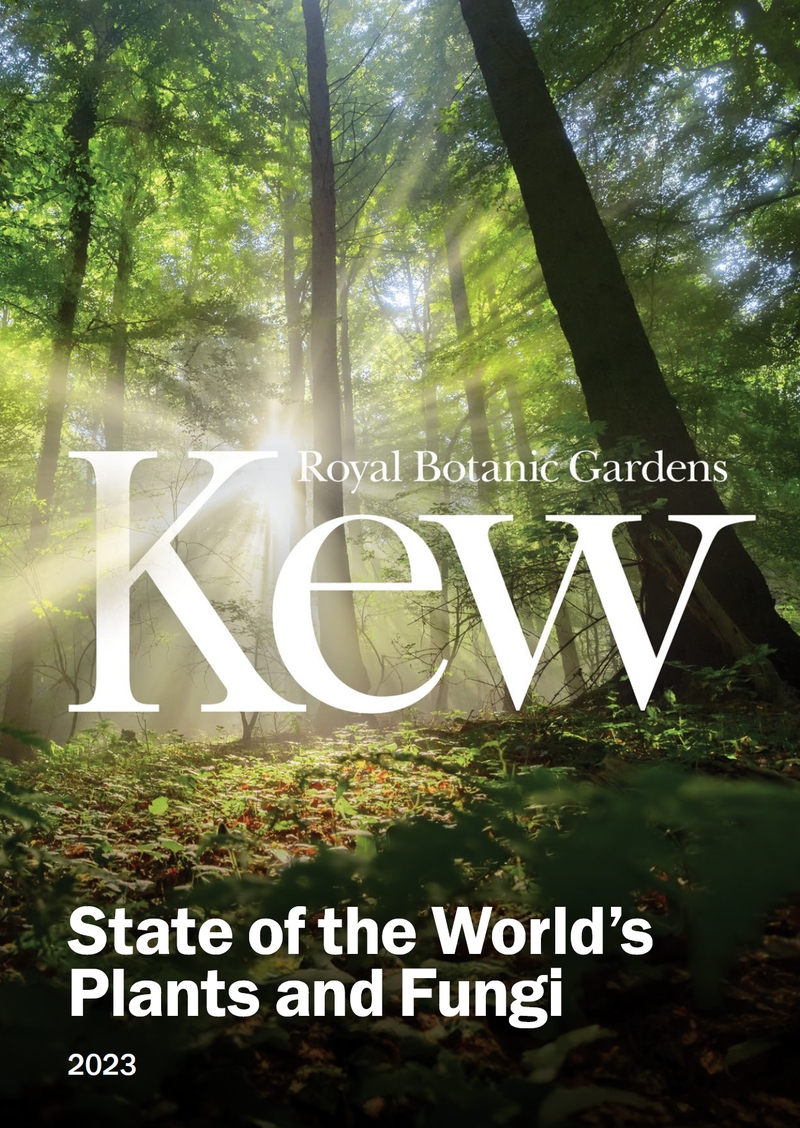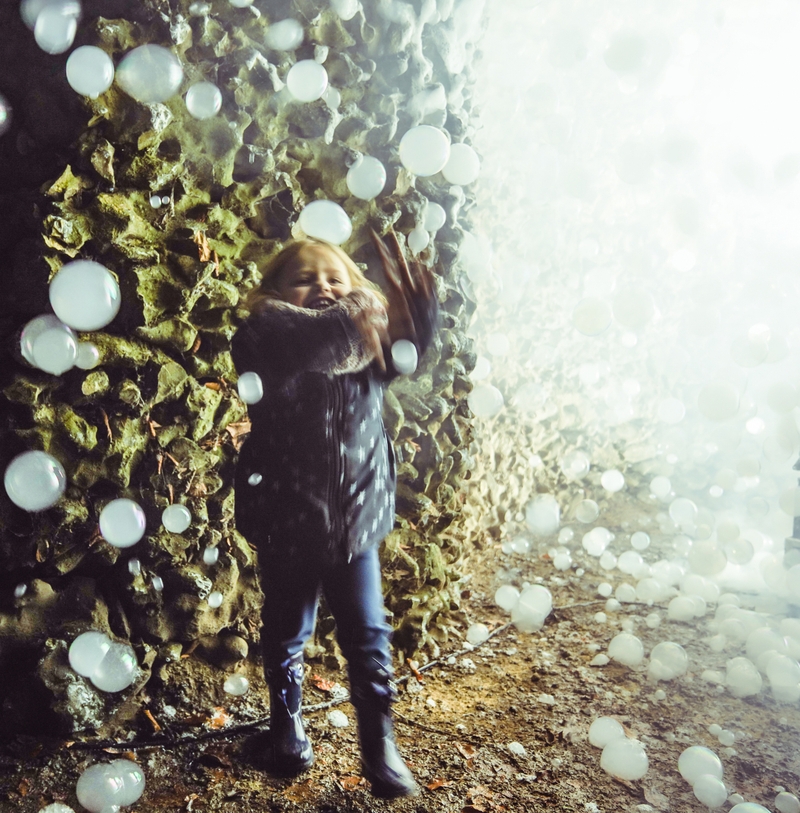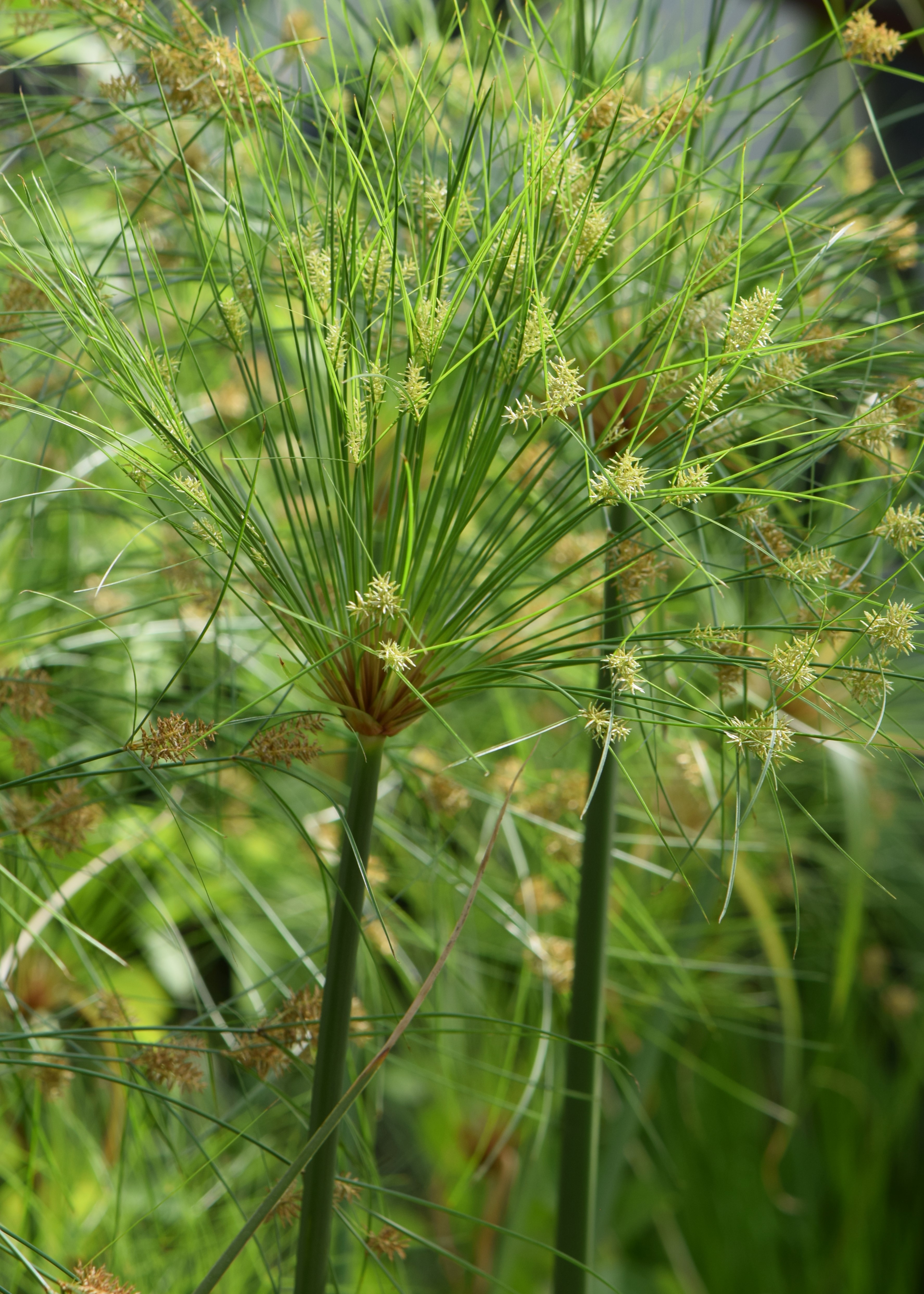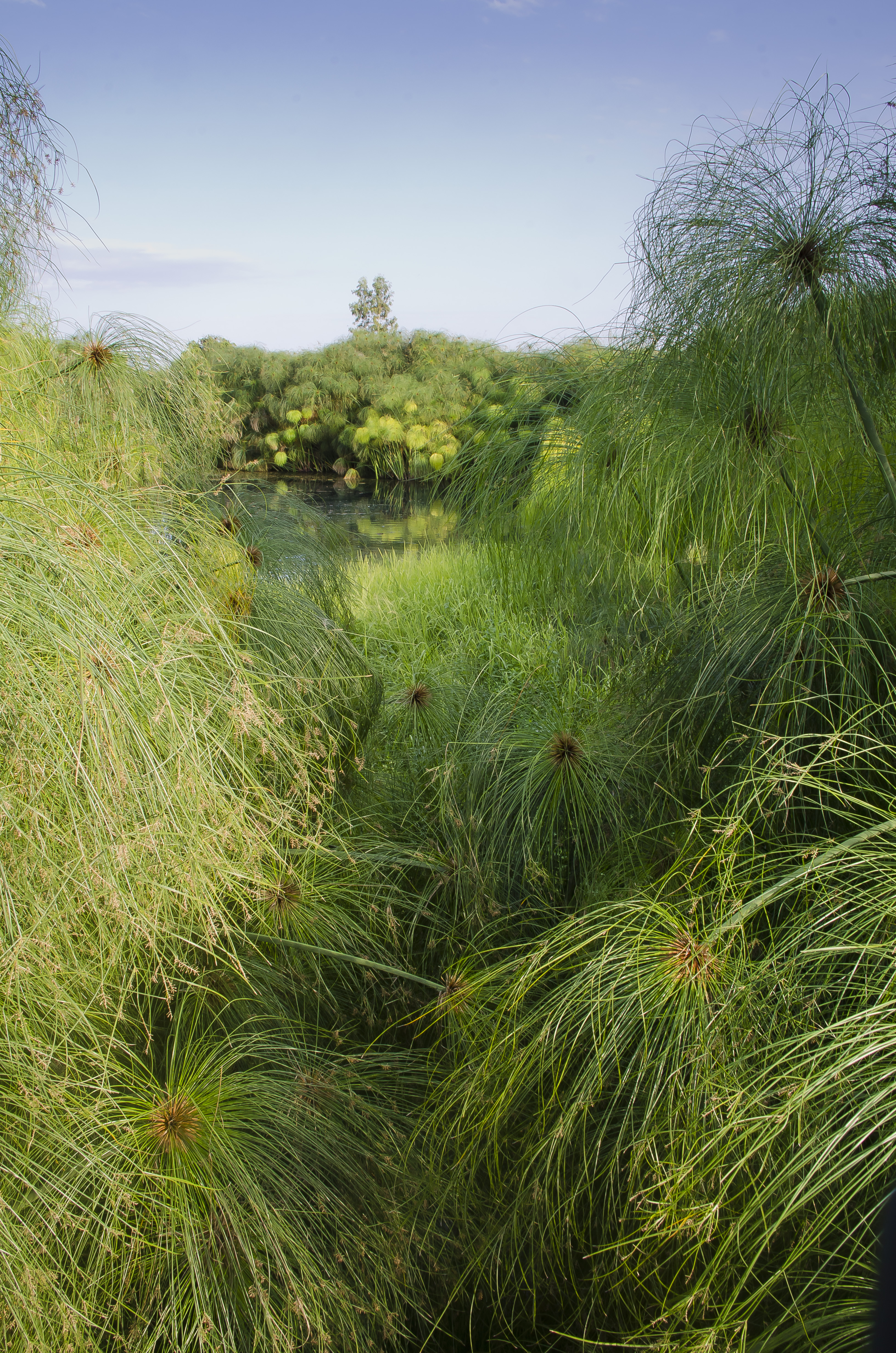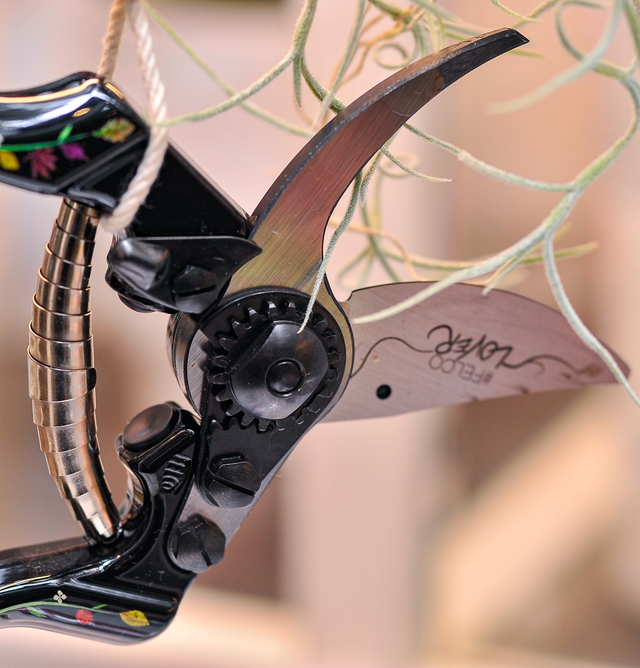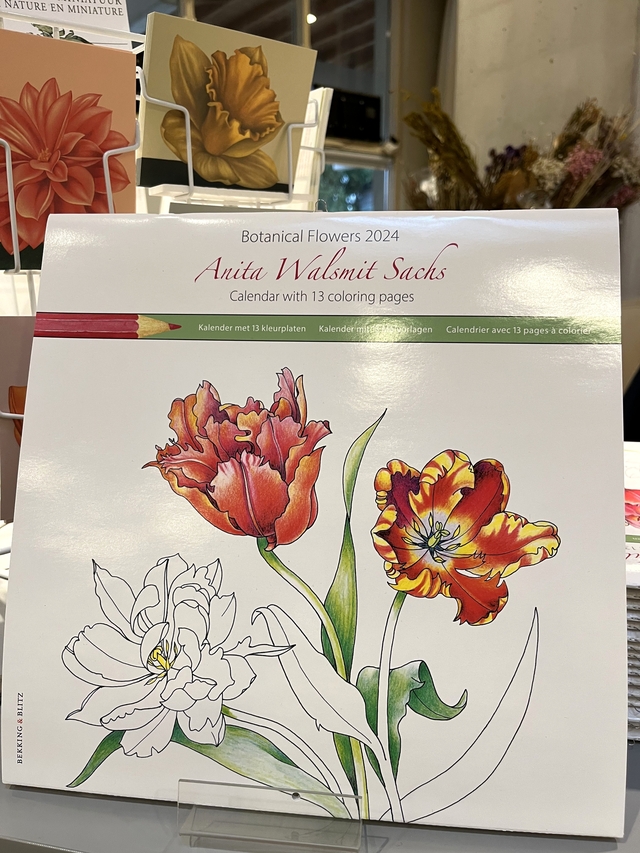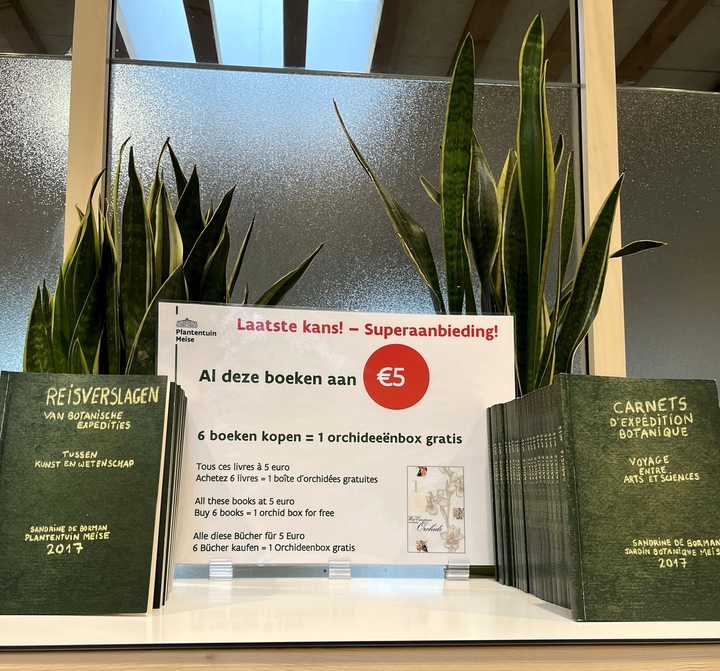 Musa n°76 - Winter 2023
|
||||
 |
||||
|
|
On October 23, 2023, the renovated Amelvonnesbeek was proudly presented at Meise Botanic Garden, a crucial moment for the Water+Land+Schap program in the Groene Noordrand. This rewatering creates space for wetland areas and slows down water runoff, thereby reducing flood risks. It is a project funded by the Blue Deal funds and marks the first implementation of Water+Land+Schap projects in Flanders. The new winding course of the stream benefits both nature enthusiasts and water managers. The previously straight path of the Amelvonnesbeek is now twice as long and can store ten times more water. A marshy forest will soon be added to further enhance its natural dimension. This initiative not only contributes to preserving nature but also increases buffering capacity in case of drought and flooding, making the Groene Noordrand more resilient to extreme weather events. Watch the video on the Amelvonnesbeek stream redevelopment on Youtube (in Dutch). |
|||
|
|
On November 14th, the "Van Rompaey Award for Botany" was presented, recognizing, every two years, an outstanding contribution made in Belgium in the fields of taxonomy, inventory, distribution, or protection of regional flora. For this 20th edition, a jury composed of eminent botanists in the country honored André Fraiture, a mycologist and scientific collaborator at Meise Botanic Garden, for his work titled "Les Polypores de Wallonie, Tome 2: Catalogue des espèces" (The Polypores of Wallonia, Volume 2: Catalog of Species). Funded by the "Service Public de Wallonie Agriculture Ressources Naturelles Environnement," this work represents the result of ten years of efforts by André Fraiture at Meise Botanic Garden. It provides a comprehensive synthesis of knowledge on the ecology of 174 polypore species present in Wallonia and 40 other species found in neighboring regions that are likely to colonize Wallonia due to climate disturbances. A first distribution map of polypores also serves as a valuable tool to guide future surveys and inventories in Wallonia. This scientific work stands out for its innovative and rigorous character. There is no doubt that this work will be of interest to both naturalists and foresters, whether they are amateurs or professionals, and will contribute to deepening the understanding of Wallonian forest ecosystems. |
|||
|
|
A scientist from Meise Botanic Garden, Steven Janssens, in collaboration with other partners, has undertaken an international expedition to Australia in search of the genetic ancestor of the edible banana and other varieties of wild bananas. This initiative aims to find alternatives to edible bananas currently threatened by emerging diseases such as the Fusarium fungus and the Banana Bunchy Top virus (BBTV). The main objective of the expedition was to collect leaf samples from the banana banksii (Musa acuminata ssp. banksii), considered one of the primary ancestors of edible bananas. These samples will be used to map genetic diversity. Additionally, seed samples were collected and stored long-term in the seed bank of Meise Botanic Garden. Scientists plan to germinate and cultivate these seeds in the future to deepen their research. The use of modern DNA analysis techniques will provide detailed genetic data on different species and populations of wild bananas, with the hope of discovering specimens resistant to drought and diseases. This approach is part of the efforts to combat climate disruptions and the growing threats to food security caused by the emergence of plant diseases and pests. |
|||
|
|
Meise Botanic Garden is pleased to announce its membership as a contributor to the Biodiversity Heritage Library (BHL), a valuable resource for scientists worldwide in the field of natural sciences. BHL is a consortium that brings together major research libraries in natural sciences and botany. It contributes to creating a shared repository of common references on biodiversity by digitizing archives and scientific literature from around the world and making them freely available. As an affiliate member, Meise Botanic Garden will enhance the BHL collection with rare and unique documents from its own collections. The library of Meise Botanic Garden indeed possesses around 250,000 volumes covering subjects ranging from botany to horticulture. It also houses significant collections of archives, manuscripts, photographs, drawings, and engravings related to natural history. The collaboration between libraries will enable the definition of common strategies to develop digital collections and services provided by BHL, as well as fostering partnerships with European institutions. |
|||
|
|
The FOURCAST project (FOrest cold and URban heat island effects on climate adaptation of biodiversity) was launched earlier this year under the auspices of Belspo. The goal is to study the impacts of climate change on biodiversity in Belgium. The project, coordinated by Meise Botanic Garden in collaboration with several partners, focuses on urban and forest environments. The Botanic Garden analyzes changes in plants over the past century by comparing recent observations with specimens from herbaria that are over 150 years old. The objective is to identify species threatened by climate change and take preventive measures. The Royal Meteorological Institute (RMI) compares historical climate data with current data for specific locations and periods, while the Research Institute for Nature and Forest (INBO) analyzes recent changes in forest microclimates to assess their impact on fauna and flora. The Royal Belgian Institute of Natural Sciences (RBINS) examines the effects of climate change and forest evolution on soil fauna in 56 forests. Ghent University conducts experiments in a controlled outdoor system to simulate natural conditions, and Natuurpunt Studie collaborates through the online platform waarnemingen.be, collecting around 4 million observations each year, including plant flowering dates. All of these studies generate a significant amount of data that will be cross-referenced and analyzed to predict future consequences. The results will contribute to formulating policy proposals at the regional, national, and European levels. |
|||
|
|
A new report on the status of plants and fungi worldwide, titled "State of the World's Plants and Fungi 2023," in collaboration with Meise Botanic Garden, was published on October 9 by the Royal Botanic Gardens of Kew (UK). The report reveals that 350,000 plant species are currently known, but it is estimated that at least 100,000 others have not yet been discovered and described. This is a race against time because among these "undescribed" plant species, 77% are already threatened with extinction, and even among the known flowering plants, 45% are "endangered." There is also a significant knowledge gap. Only 155,000 species of fungi have officially received a name, but scientists estimate that there are approximately 2.5 million species worldwide. The report also highlights "biodiversity dark spots," regions or countries where knowledge of plant and fungi species is insufficient. Lastly, scientists also call for better sharing of scientific knowledge openly and urge journals to waive publication fees for authors from low- and middle-income countries. This fifth report from RBG Kew serves as an alarm bell regarding the state of global plant biodiversity and calls for urgent action to protect our precious flora. |
|||
 |
||||
|
|
|
|||
 |
||||
|
|
The papyrus (Cyperus papyrus), from the family Cyperaceae, is a plant native to African marshes. This herbaceous plant spreads through rhizomes, from which emerge triangular-sectioned stems that can reach up to 5 meters in height. To survive in oxygen-poor, muddy soil, the plant cells are widely spaced, allowing air to reach the roots. At the top, there is a bright green fan of thin, long, hanging leaves and an umbel-shaped inflorescence with a hundred or more flowers. The seeds are dispersed in water. This plant gave its name to paper. Approximately 5,000 years ago, along the Nile's papyrus-covered banks, the Egyptians transformed the plant's stems into a writing medium. The stems were cut into strips lengthwise, overlaid vertically and horizontally, and pressed together with the plant's sap as a binder. The leaf veins served as writing lines. The fragile material was rolled for transport or storage, and only the inside was written on. By sticking several papyrus sheets together, a scroll (a parchment) was obtained. Scrolls are lightweight and flexible but very fragile; in a dry (desert) climate, they have been well-preserved due to their rot-resistant cellulose material. The Hendrik Conscience Heritage Library in Antwerp possesses a magnificent Egyptian funerary papyrus as a masterpiece. Due to drought, overpopulation, and pollution, papyrus has largely disappeared from the Nile Delta. In tropical wetlands in Africa, such as Sudan, Botswana, and Uganda, among others, the plant can cover vast areas; in Florida, papyrus behaves as an invasive exotic plant. In ancient Egypt, the plant was considered a "gift of the Nile," and all its parts were utilized: rhizomes rich in starch were consumed, the bark was used to make ropes, mats, baskets, and sandals. Thanks to the air contained in the stems, the plant has great buoyancy, and even today, boats are made from bundles of tied-together papyrus. This imposing plant with a long history is located at the heart of the Plant Palace, in the Tropical Wetlands Greenhouse. It unfurls there, surrounded by the sacred lotus (Nelumbo nucifera) and another Cyperaceae, the umbrella sedge, or umbrella papyrus (Cyperus alternifolius).
|
|||
|
Our Garden Shop at Empress Charlotte's Entrance is the perfect place to give and receive gifts: books or toys for children, seeds and gardening equipment, indoor or outdoor plants, and beautiful decorative or practical items for the home |
||||
|
|
Stéphane Marie, well-known host of the gardening show "Silence, ça pousse !," is also a botanical illustrator. He offers a limited edition of Felco pruners, a Swiss brand known for professional quality. The box, adorned with his hand-drawn plant motifs, contains a pair of pruners along with 6 botanical illustrations, a discount voucher for a future purchase, a certificate, and a key for loosening or tightening the pruner's screws or replacing parts. Three sizes are available (S/M/L). An essential tool for indulging in the pleasure of pruning in the garden! Price : 127 € To order, click here. |
|||
|
|
Anita Walsmit Sachs is a well-known botanical illustrator at the Botanic Garden, where she has organized various workshops. She presents a stunning 2024 calendar showcasing her passion for exotic flora. Each month in this calendar is a true work of art, capturing the beauty of plants through detailed and elegant illustrations. A perfect gift for all plant lovers! Price : 15 € To order, click here |
|||
|
|
Are you still on the lookout for gifts to place under the Christmas tree? The Garden Shop offers a wide selection of gifts for gardening and nature enthusiasts. You'll find a diverse range of plants, bird feeders, wines crafted from botanicals at the Botanic Garden, cider, jams, coloring and gardening books for all ages, Christmas cards, natural care products from Weleda, and entertaining gadgets. To order, click here
|
|||
.jpg) |
||||
|
Publisher
|
||||




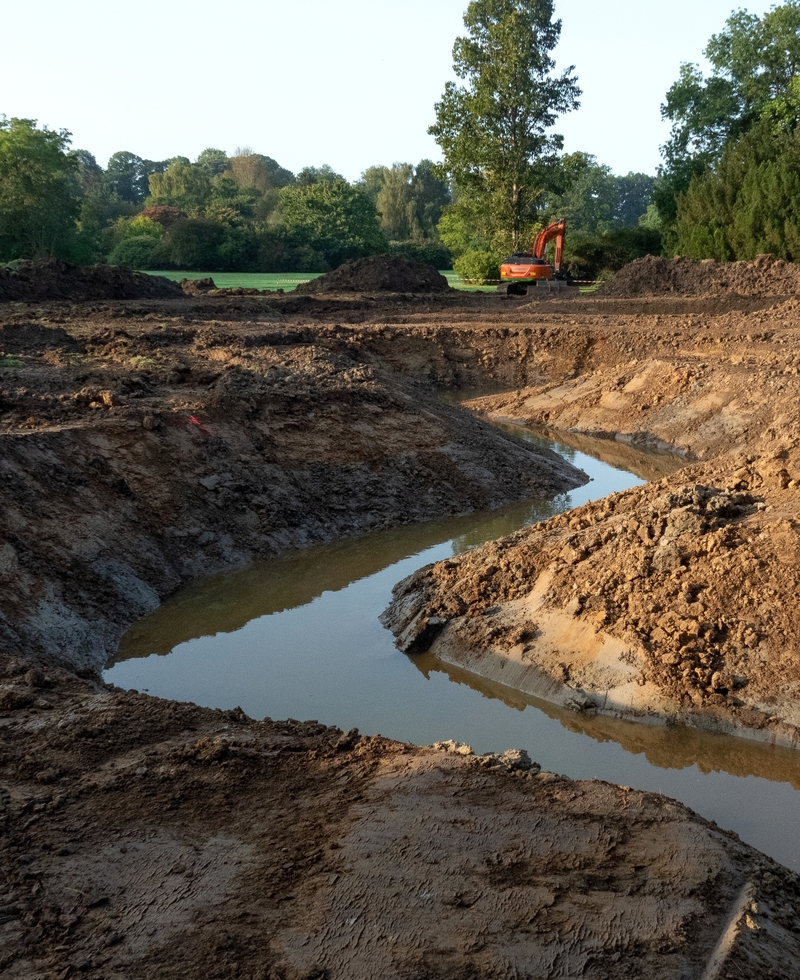
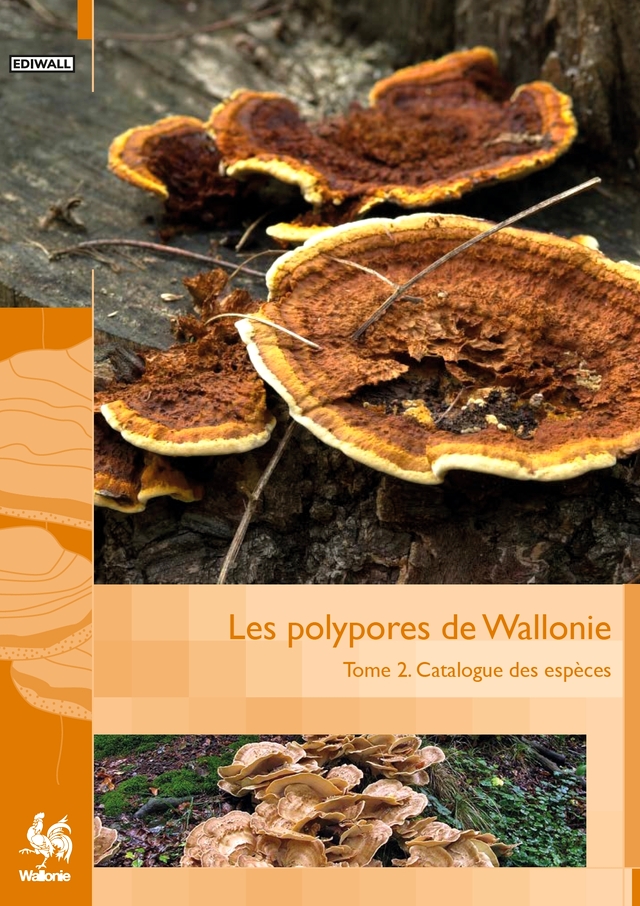
SJ_APM_expeditie_Australi%C3%AB_6.jpg)
